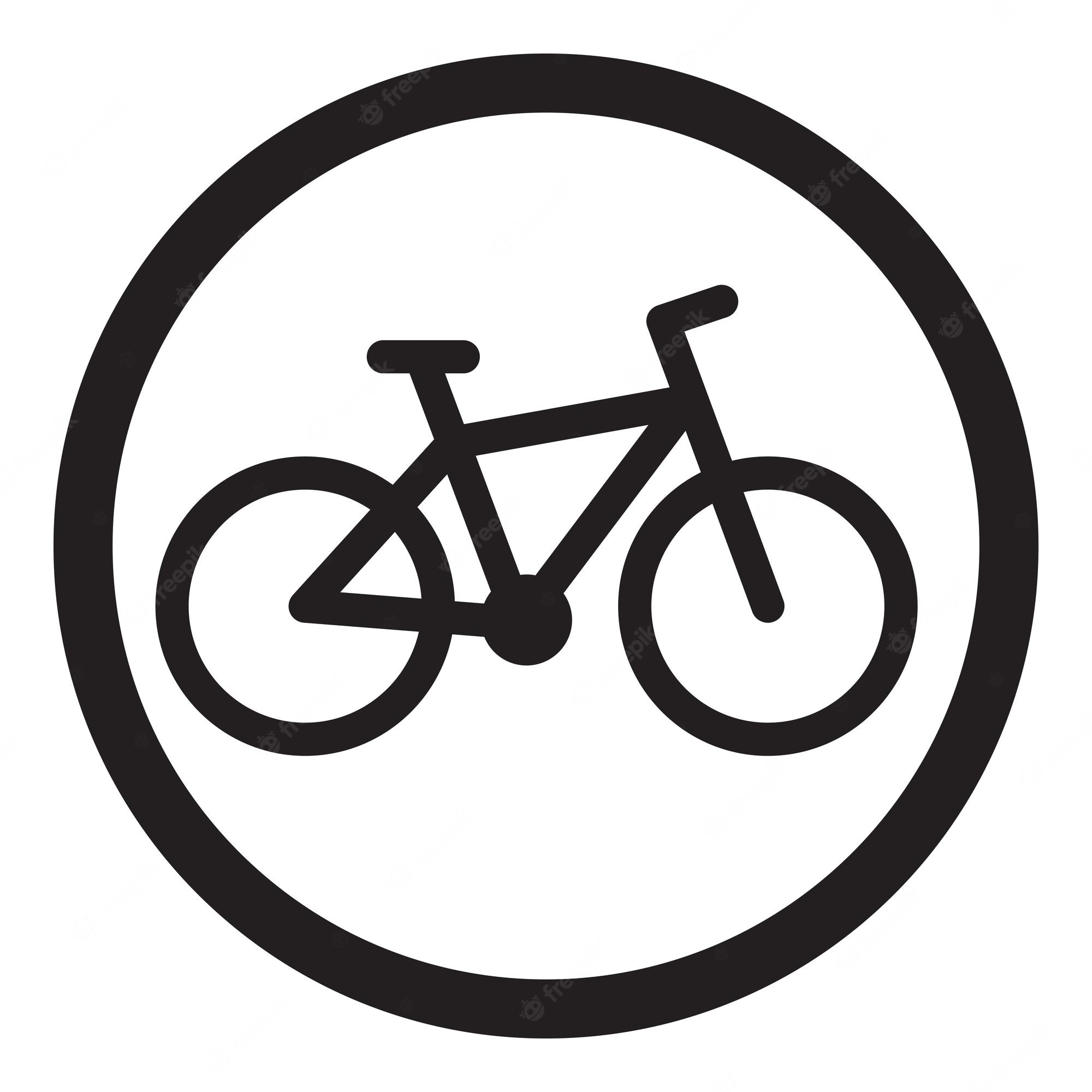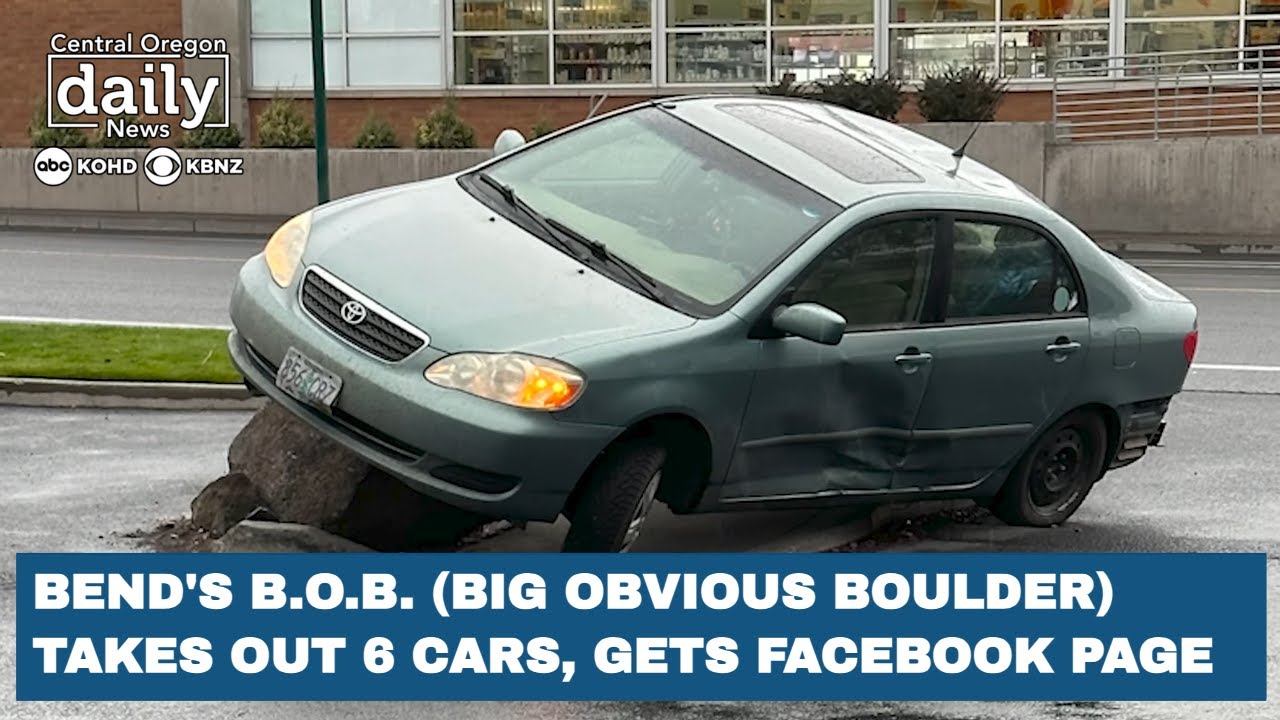- 2 Posts
- 27 Comments

 8·4 days ago
8·4 days agoHas something changed recently? When I was in Tokyo, admittedly more than a decade ago now, the bike lanes were tiny slivers of paint. And I do mean a sliver; they were not much wider than a foot. It would be unsafe to use them in traffic.

 131·21 days ago
131·21 days agoMozilla invented Rust to rewrite the rendering engine. Read the history of Servo and bring a tissue to cry into.

 2·22 days ago
2·22 days agoParking regulations don’t apply to public projects. Strong Towns well documents the problem with parking regulations as they are written and applied in practice. I highly recommend checking it out.

 13·23 days ago
13·23 days agoUnderground spots are roughly 20 to 50 thousand dollars each. Surface lots are only a few thousand per spot.
Do you want to invest in my coffee shop idea? I need a few million dollars to build the required parking.

 5·25 days ago
5·25 days agoBike lanes on roads are practically free. For example, when repainting the road after resurfacing maintenance. It doesn’t take more paint to mark out a bike lane than it does for car parking.
Bike infrastructure at its core is a political issue. If you follow cyclist money, you’ll soon find it spent on bicycle advocacy groups. It’s the best bang-for-buck and addresses all the other barriers, like shop owners complaining about the free public parking they’re not paying for.

 14·29 days ago
14·29 days agoCritical Mass was so successful in San Francisco that it almost doesn’t exist anymore. These days discussions of bike lanes is more about what kind of lane rather than if bikes should even be allowed on the road.
https://www.kqed.org/news/11941576/the-night-that-changed-san-francisco-cycling-forever

 4·1 month ago
4·1 month agoThe article says part of the plan is to use fine money as a way to inject cash into the bus system. That seems like a good idea, but I’d like a local’s opinion! Is the bus system not working due to lack of routes? Long intervals? Something else?

 2·2 months ago
2·2 months agoSpecifically 5, 10, and 15mhz AM. There are others, but you’ll really hear NIST WWV/WWVH if you’re in North America/Pacific.

 3·2 months ago
3·2 months agoI’m not car-free, but I do all my grocery shopping without a car. In fact, I’m at my local grocer as I type at 1.7 miles away taking 250 feet elevation gain and 210 feet loss. I understand your pain!
Here’s why I still think a bike fits your situation. Namely an inexpensive folding bike with a front basket and rack.
Hills are conquered in the same way as a cart: walking uphill. Also known as “hike a bike.” Folding bikes are usually also allowed on busses, so you could take a bus one way. You could time your departure to a bus schedule and shop knowing you don’t have to rush or spend a long time at the store.
Folders can be brought inside and consume about the same space as a folding trailer.
My overall point is a folding bike is a trailer that you can ride downhill in. Electric would be a nice upgrade, but it’s not necessary.

 12·2 months ago
12·2 months agoWhen cars are the only way to get to a bar or a friend’s place, then you’re going to get drunk drivers. Car dependency has a big hand in causing these deaths.
 2·2 months ago
2·2 months agoI have 1400 miles on my non-regen bike which has burned through three sets of pads (1.5 mm currently left). I’m slowly trying better/harder pads which won’t eat rotors and don’t cost as much. $25 every 500-ish miles isn’t great (10k miles is $500 in pads) . Suggestions are welcome!
I think a key difference is my neighborhood is quite hilly. I’ve never smoked and glazed a set of pads before moving in. That was a quick learning experience for me.
 3·2 months ago
3·2 months agoI agree it doesn’t make sense to pick regen for extending range. Just buy a bigger battery if that’s the biggest issue, say a rarely used bike but long ranged when needed.
To me it’s the brake pads that add up. Replacing two pairs of pads every few hundred miles is way more expensive than the system and any additional battery wear. $500 isn’t that many sets of pads.
Considering I don’t charge my batteries much beyond 80%, yeah, there’s plenty of room to put that extra energy early in the ride. I’d rather charge a battery than to grind pads into dust.
 1·2 months ago
1·2 months agoWhoops, you’re right. I misremembered that for sure.
Totally agreed with the cost. Grin motors are pretty inexpensive, but not many companies have a complete system. Who knows what a licensing agreement would run.
 2·2 months ago
2·2 months agoGrin is co-developing a mid drive regen. It has a neat design.
 5·2 months ago
5·2 months agoIt’s not common, but it does make sense to do! No, not in charging the battery but in braking. Regen slows down the bike without wearing down your brake pads, which is extra important with a heavy bike. I cannot even manage 900 miles without changing my longtail’s pads. I have yet to replace the pads on my regenerating e-trike.
The extra 20% range is nice but I’m more happy about the money and hassle I’ve saved in not replacing brake pads.

 14·3 months ago
14·3 months agoThese disks were designed to self-destruct in the presence of oxygen. They literally rust away.
Oxygen and its O2 form does like to sneak into everything. Even sealed in the original packaging, there’s a limited shelf life. Flexplay claimed stability of only one year, which isn’t much given it comes sealed in a plastic bag.

 6·3 months ago
6·3 months agoYou’re probably decoding noise or in the middle of the bit stream.
What you’re looking for is called “preamble.” That’s a sequence of bits used to synchronize the decoder (marks the start of data, useful in modulation schemes for clock recovery, and a few other things).
Looking at minimodem’s manual, try using the sync-byte option. Prepend your tar stream with a string of bytes, like 0x01, before sending to minimodem for encoding. Then use the sync code option to mark the start of the tar bit stream. This is as simple as cat preamble.bin myfiles.tar | minimodem --tx …
Other things to consider: start small with 300 baud BFSK before speeding up. Test with wav files before attempting physical tape or speakers and a microphone.
Oof. You definitely were taking a risk with that drive train. I’m glad the worst of it is a few broken spokes.
That’s clearly have a working bike, not some sort of weekend roadie show piece. Put a dork disk on there! There isn’t any shame in favoring function over form.
Awesome call-out on zip ties. They’re the duct tape of the bike world.
One small thing I noticed is how your fender and rack are mounted. It’s fine to share a single eyelet to mount both, but it’s best to mount in the order of frame, rack, fender, washer, and bolt. That ordering shortens the cantilever of the rack load, a much higher load than a fender, on the bolt.

 5·5 months ago
5·5 months agoShooting up or down is hard and takes extra work to understand the ballistics of such a shot.
If you’re really curious, check out Ted’s HoldOver video on the topic. He shows both the theory and practice it takes to shoot upwards.

Interesting! Thanks for the explanation. :)